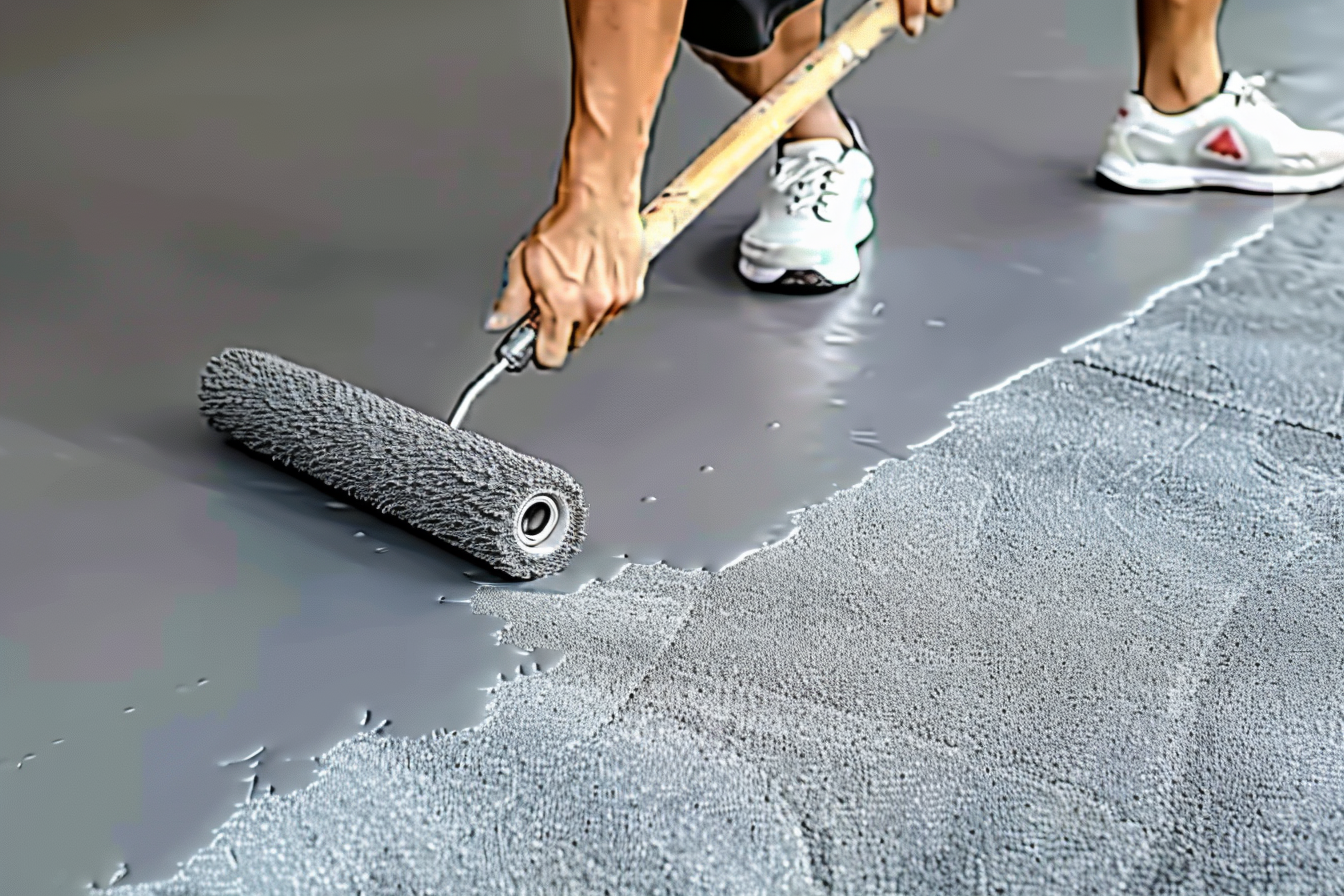Discovering Garage Floor Coating Options and Costs in the United States for 2025
Did you know garage floor coatings can protect surfaces while enhancing appearance with options like epoxy and polyaspartic? This guide explores costs, installation times, materials, and maintenance to help you understand your choices in the United States.

Understanding Garage Floor Coatings: Epoxy and Polyaspartic
Garage floor coatings shield concrete surfaces from damage caused by chemicals, moisture, wear, and stains while enhancing their appearance. Common types of garage floor coatings include:
- Epoxy Coatings: Epoxy is a durable plastic made of resin and hardeners. It forms a hard, glossy surface resistant to oil, chemical spills, and dust. Epoxy coatings have long been used for garage floor refinishing, providing a smooth, easy-to-maintain finish.
- Polyaspartic Coatings: A newer coating technology, polyaspartic cures faster and is sometimes offered by companies specializing in one-day installations. Polyaspartic provides UV resistance, chemical durability, and greater flexibility compared to traditional epoxy.
Cost of Epoxy Garage Floor Coatings in 2025
Epoxy flooring costs vary based on several factors, including:
- Size of the garage floor area (usually measured in square feet)
- Condition and preparation needed for the concrete floor
- Decorative options like color tints, flakes, or anti-skid additives
- Geographic location and contractor rates
National Price Range
- Average Cost: Homeowners typically see prices around $2,680 for epoxy garage floor coatings.
- Typical Range: $1,840 to $3,900 nationwide.
- Price per square foot often lowers as the floor size increases.
Impact of Preparation and Customization
- Concrete prep: Diamond grinding to remove dirt, oil, and surface imperfections promotes bonding but can raise costs.
- Repair work: Filling cracks and smoothing pits affect the price.
- Decorative flakes or chips: Adding colored flakes enhances aesthetics and durability but may increase costs.
- Skid-resistant additives: Frequently added for safety and can slightly raise the price.
Installation Timeframes: Epoxy vs. Polyaspartic Coatings
Epoxy Installation Process
- Typically a two-day procedure because:
- A primer coat is applied first and usually left to dry overnight.
- The topcoat is applied the following day.
- Walk-on time: Generally 24-36 hours after the last coat.
- A 48-hour wait is recommended before placing heavy items.
- Vehicle use is usually advised after 5-7 days for full curing.
One-Day Installations with Polyaspartic Coatings
- Some companies offering polyaspartic coatings provide one-day installs because these materials:
- Cure and bond rapidly (often within 24 hours).
- Can handle heavy use soon after application.
- Usually provide strong UV stability and chemical resistance.
- This shortens downtime, making the garage ready for use the next day.
The Installation Process for High-Quality Garage Floor Coatings
Professional installers adhere to detailed steps to ensure a durable, long-lasting finish. For instance, some providers follow a process like:
- Diamond grinding the concrete to open surface pores for better bonding.
- Repairing cracks and imperfections using fillers.
- Applying a base coat with pigments matching the desired color.
- Broadcasting decorative flakes for texture and coverage.
- Removing excess flakes to smooth the surface.
- Applying a clear top coat with anti-slip additives for safety and durability.
Different companies might use variations of this process and materials according to their offerings.
Choosing Garage Floor Coatings for Different Needs
- Speed and durability: Polyaspartic coatings cure faster and resist wear and UV exposure.
- Traditional durability and cost: Epoxy coatings remain widely used, especially with professional installation and thorough preparation.
- Aesthetic choices: Decorative flakes in epoxy coatings offer design options and conceal floor imperfections.
- Heavy-use environments: Both epoxy and polyaspartic coatings provide chemical resistance and durability suitable for intense traffic.
Maintenance Suggestions to Help Extend Floor Life
- Clean regularly with mild, non-abrasive cleaning agents to preserve gloss.
- Remove water promptly to avoid damage.
- Avoid harsh chemicals or sharp objects that might scratch the surface.
- With proper care, coatings can last many years depending on materials and usage.
Summary: Garage Floor Coating Considerations for 2025
- Cost: Professional epoxy garage floor coatings usually range between $1,800 and $4,000, averaging near $2,700.
- Installation times: Epoxy often requires two days plus curing time; polyaspartic coatings may allow for one-day installations.
- Quality factors: Surface preparation, crack repairs, and high-quality materials contribute to durability and appearance.
- Customization: Options such as colors, decorative chips, and skid-resistant additives affect cost and style.
- Durability: Properly installed and maintained flooring can last for many years.
- Availability: Practices and materials vary, but these insights reflect common approaches across the United States.
Understanding materials, installation steps, costs, and upkeep can assist you in making knowledgeable choices about garage floor coatings in 2025.
Sources
- Level 10 Coatings Garage Floor Installation Process
- Thumbtack: Epoxy Garage Floor Cost
- Floortek One-Day Garage Coating
Disclaimer: All content, including text, graphics, images and information, contained on or available through this web site is for general information purposes only. The information and materials contained in these pages and the terms, conditions and descriptions that appear, are subject to change without notice.




